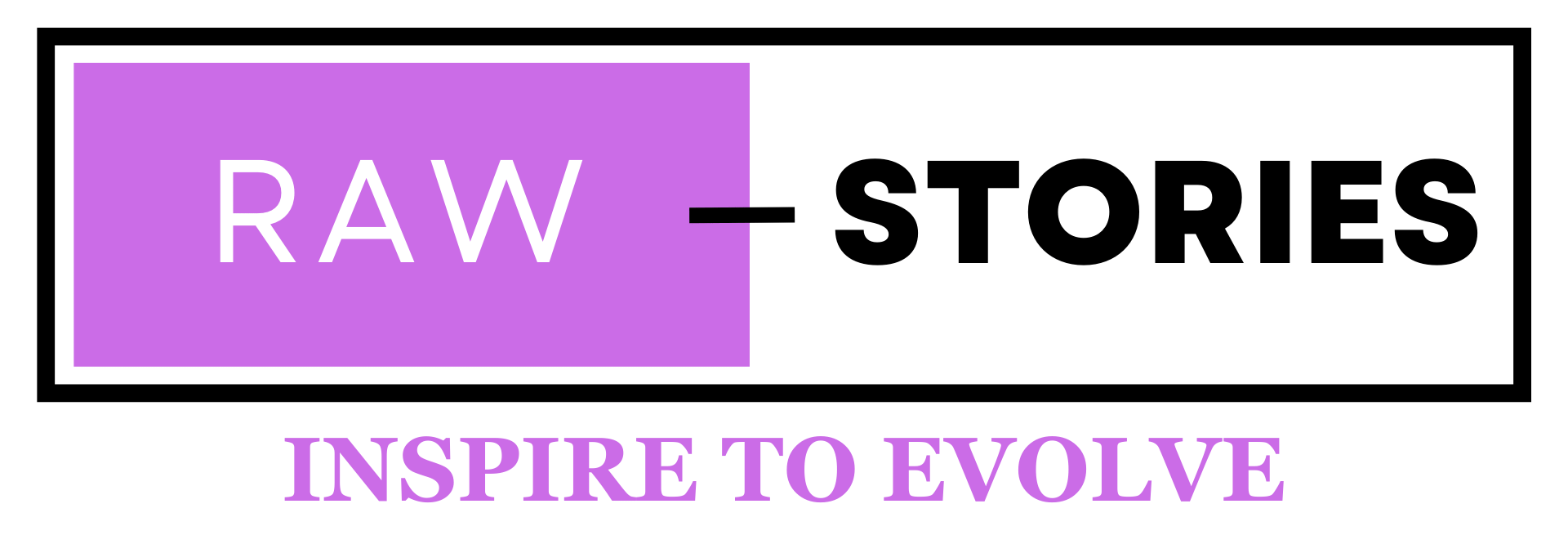Premiums can be made affordable by selecting term plans or adjusting the coverage to suit your budget. You can also explore ways to reduce premiums, such as opting for a higher deductible. Life insurance provides significant tax advantages, with premiums eligible for deductions under Section 80C, and the death benefit being tax-free under Section 10(10D), reducing your taxable income.
The best time to buy insurance varies based on personal and financial situations. Generally, you need life insurance if someone relies on your financial support or if you have debts that need to be paid after your death. Buy it as soon as you have dependents.
It is understandable to want affordable life insurance while having financial protection. To achieve this, consider these steps to guide your purchase based on your budget.
Analyse your income by knowing how much you save each month, avoiding overestimating your coverage. Review your expenses by dividing them into fixed and variable. Set clear goals by following the 50-30-20 budgeting rule for expenses and savings. Ask questions to financial experts to determine your coverage needs and keep it at 8x – 10x your annual salary. Lastly, regularly review your insurance policy to adapt to changing life circumstances.
It’s also wise to purchase life insurance when you are young to enjoy lower premiums, as costs increase with age, and you may even become uninsurable later.
Factors influencing premium:
A risk factors the risk attached to the insured individual or thing, typically stated as a percentage
The amount insured the entire amount of coverage that is necessary
Duration of coverage The length of time that the insurance policy is in effect
Way of life Lower premiums can be obtained by leading a healthy lifestyle.
Age The premium may vary depending on the insured person’s or the vehicle’s age.
Deductible The sum that the policyholder consents to pay out of pocket to settle the claim
Bonus with no claims the insured receives a bonus for each year that they do not submit a claim.
Duration of policy Lower premiums may be the outcome of longer policy terms.
Term Insurance Tax Benefits Under Section 80C:
Section 80C of the Income Tax Act of 1961, one of the three primary sections pertaining to the tax advantages of term insurance, stipulates that an individual may receive tax deductions of up to Rs 1.5 lakhs on term insurance policy premiums. The following are important considerations for obtaining tax benefits under section 80C:
The policyholder’s premium cannot be more than 10% of the sum assured, according to Section 80C.
A proportionate tax deduction is applied if the premium paid is greater than 10% of the amount guaranteed.
Additionally, the section specifies that there will be no tax benefits on premium payments if a policyholder voluntarily surrenders their policy or if the policy is terminated within two years of its start.
Term Insurance Tax Benefits Under Section 80D:
Individuals or Hindu Undivided Families (HUF) may deduct health insurance premiums from their taxable income under Section 80D. In addition, some term plans qualify for Section 80D tax benefits. Deductions are also available to policyholders who have added a health-related rider to their term insurance policy (such as a Critical Illness, Surgical Care, or Hospital Care Rider). Under Section 80D, one of the most important tax advantages of term insurance is:
Every fiscal year, deductions of up to Rs 25,000 are permitted.
You are eligible for an extra deduction of Rs. 25,000 if you have purchased insurance for your parents.
This deduction amount can be increased to Rs 50,000 if your parents are elderly.
Term Insurance Tax Benefits Under Section 10(10D):
The following tax benefits are listed in Section 10(10D) of the Income Tax Act of 1961:
The nominee will receive all policy proceeds, tax-exempt, in the event of the policyholder’s untimely death.
Section 10(10D) further exempts the incentives and surrendering values from taxation.

